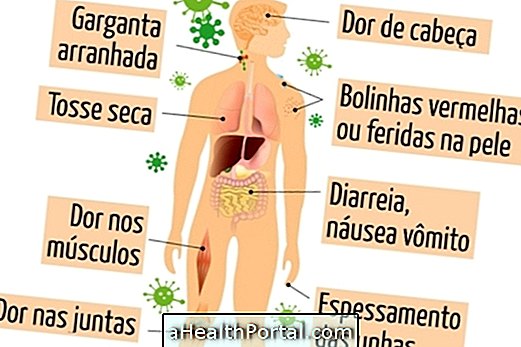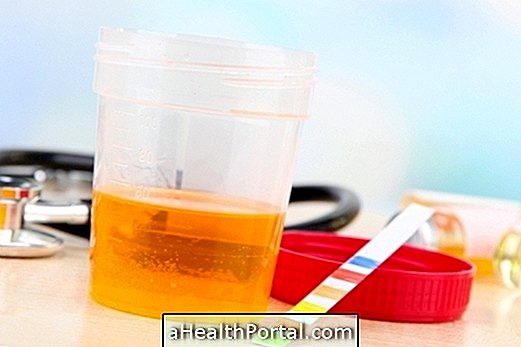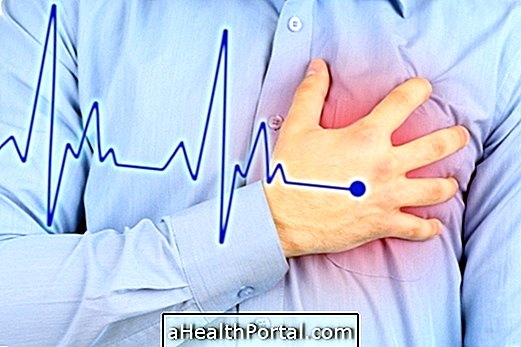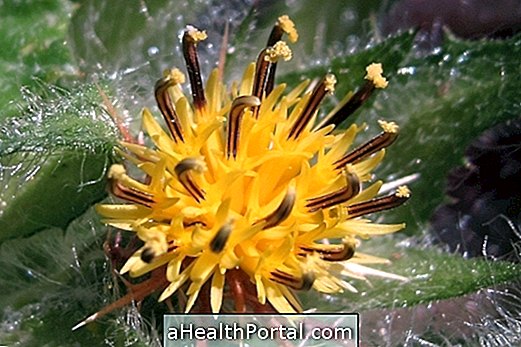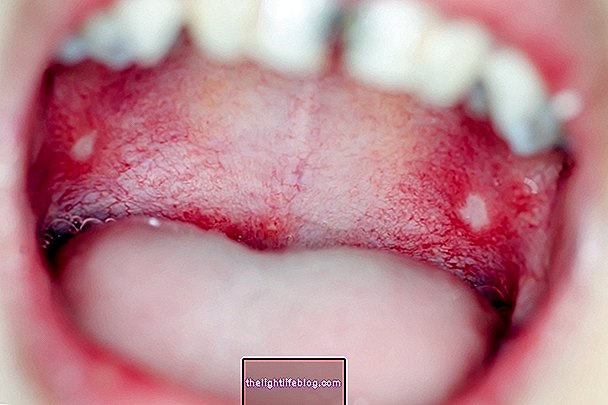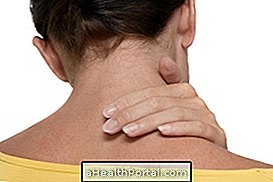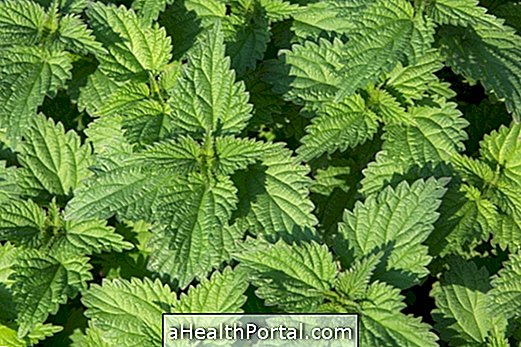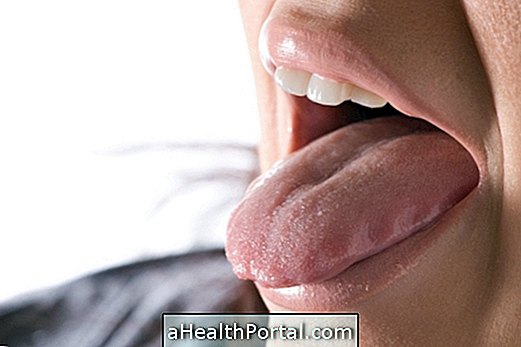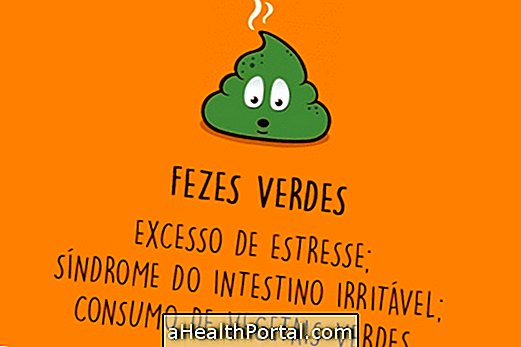Food allergy is an allergy reaction, which can manifest in different parts of the body such as skin, hands, feet, mouth, eyes and nose, causing symptoms such as redness, itching and red blisters on the skin, swelling of the eyes, mouth and sometimes causing more severe symptoms such as difficulty breathing wheezing. Symptoms may occur up to 2 hours after food intake, and allergy treatment can be done with antihistamines such as Loratadine.
Food allergy is an inflammatory reaction to a substance in the food, drink to the food additive ingested, it is important to go to the emergency room or call the SAMU as soon as the first symptoms appear, since the allergy can develop into a severe allergic reaction also known as anaphylactic shock.
Main Symptoms of Food Allergy
The main symptoms of food allergy may appear up to 2 hours after ingestion of the food, drink to the food additive, and generally include:
- Itching and redness on the skin;
- Reddish and swollen plaques on the skin;
- Swelling of the lips, tongue, ears or eyes;
- Canker sores;
- Nose clogged and dripping;
- Feeling of discomfort in the throat;
- Shortness of breath and difficulty in breathing;
- Abdominal pain and excess gas;
- Vomiting, diarrhea, or constipation;
- Burning and burning while evacuating.
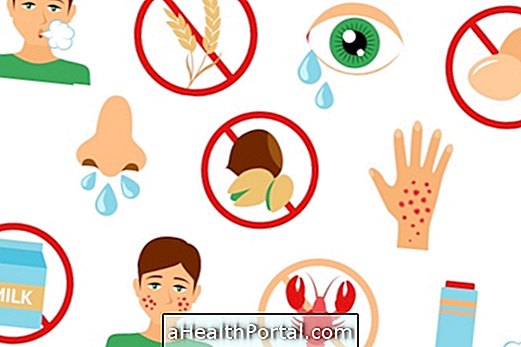
The symptoms of food allergy can arise throughout the body and the most serious symptoms begin when there is a feeling of discomfort in the throat which can lead to difficulties in breathing and shortness of breath. Know the 8 foods that cause the most allergy.
What to do when first symptoms appear
As soon as the first symptoms of food allergy arise, it is important that you take action quickly, beginning with taking a prescription for allergy prescribed by your doctor, such as Loratadine or Allegra, for example.
After that, it is important to stay alert to the symptoms and it is important that you seek medical help immediately if you find that the symptoms have worsened or if you notice any discomfort in the throat or difficulty in breathing.
If the allergy arose for the first time or if you do not have medicine for the allergy at hand, it is important to be aware of the symptoms that arise, only if you need to seek medical help only if there are signs of worsening.
Food Allergy Treatment
The treatment for food allergy depends on the severity of the symptoms presented which may vary from person to person, but this is usually done with antihistamines such as Allegra or Loratadine or with corticosteroids such as betamethasone, which serve to alleviate and treat the symptoms of allergy. To learn more about how food allergy treatment is done click here.
In addition, in the most severe cases where anaphylactic shock and shortness of breath occurs, treatment is done with the injection of adrenaline, and it may also be necessary to use an oxygen mask to aid breathing.
How to know if I have allergies
The diagnosis of food allergy can be done through allergy tests on the skin or blood, which are requested by the doctor to identify the source of the allergy.
Generally, when there is no suspicion about what may be causing the allergy, the doctor starts by testing the most allergenic foods such as peanuts, strawberries or shrimp, the diagnosis being made by excluding parts until the food is reached.
The allergy test on the skin consists of observing the symptoms that appear on the skin after the application of different food extracts known to cause allergy, allowing to act for about 24 to 48 hours. After this time, the doctor will then observe whether the test was positive or negative, noting if there was redness, hives, itching or blistering of the skin. See in more detail how the allergy test is done in Allergy Testing.

On the other hand, the blood test consists of collecting a little blood that is going to be analyzed in the laboratory, through which the presence of allergens in the blood is identified, indicating whether or not there was an allergy reaction. This blood test is usually done after performing an oral challenge test, which consists of ingesting a small amount of the food that causes allergy, and then whether or not symptoms of allergy appear.
